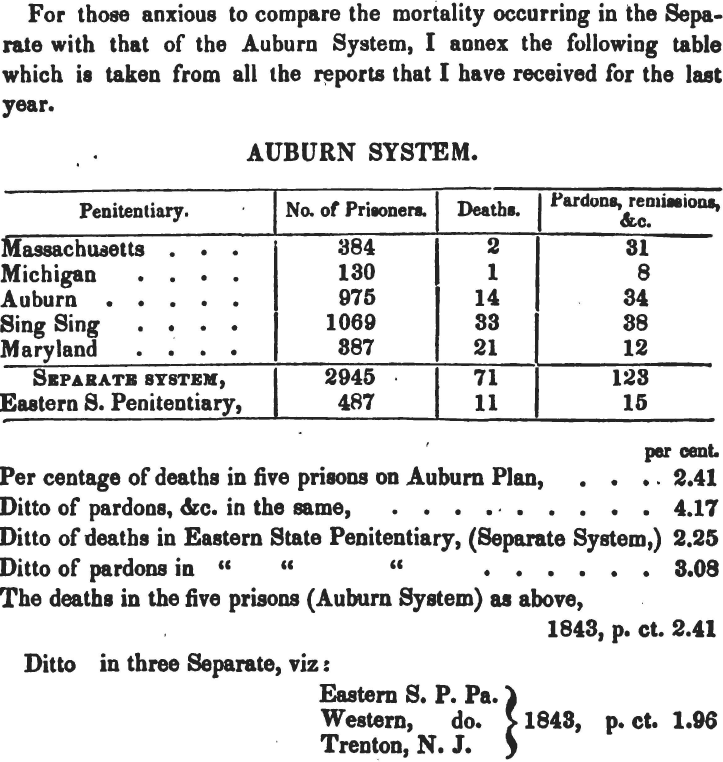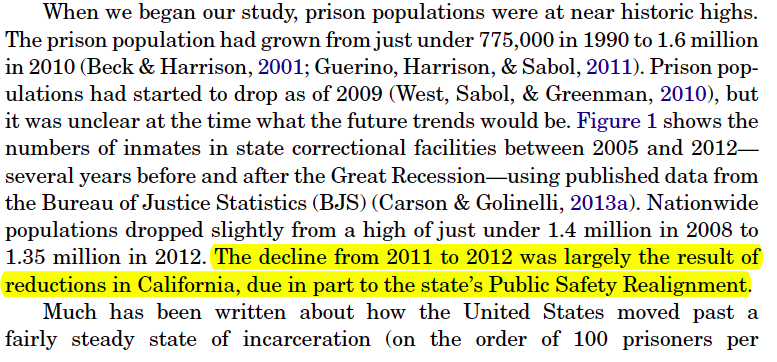
*Profit was never really realistic, and the admin often changed their tune on whether they expected profit.
amazon.com/Mass-Incarcera…



Keep Current with Ashley T. Rubin
This Thread may be Removed Anytime!
Twitter may remove this content at anytime, convert it as a PDF, save and print for later use!

1) Follow Thread Reader App on Twitter so you can easily mention us!
2) Go to a Twitter thread (series of Tweets by the same owner) and mention us with a keyword "unroll"
@threadreaderapp unroll
You can practice here first or read more on our help page!



